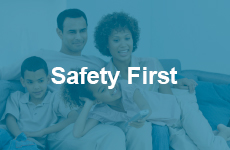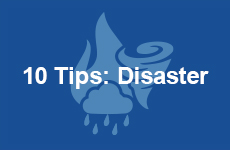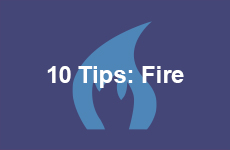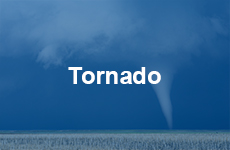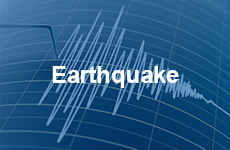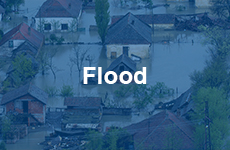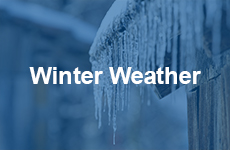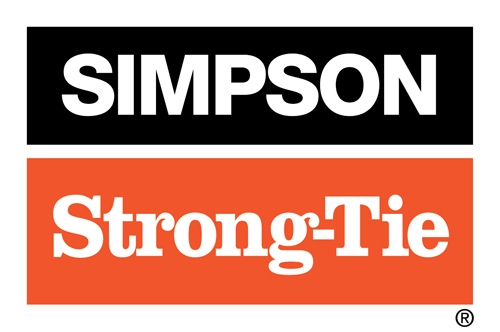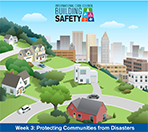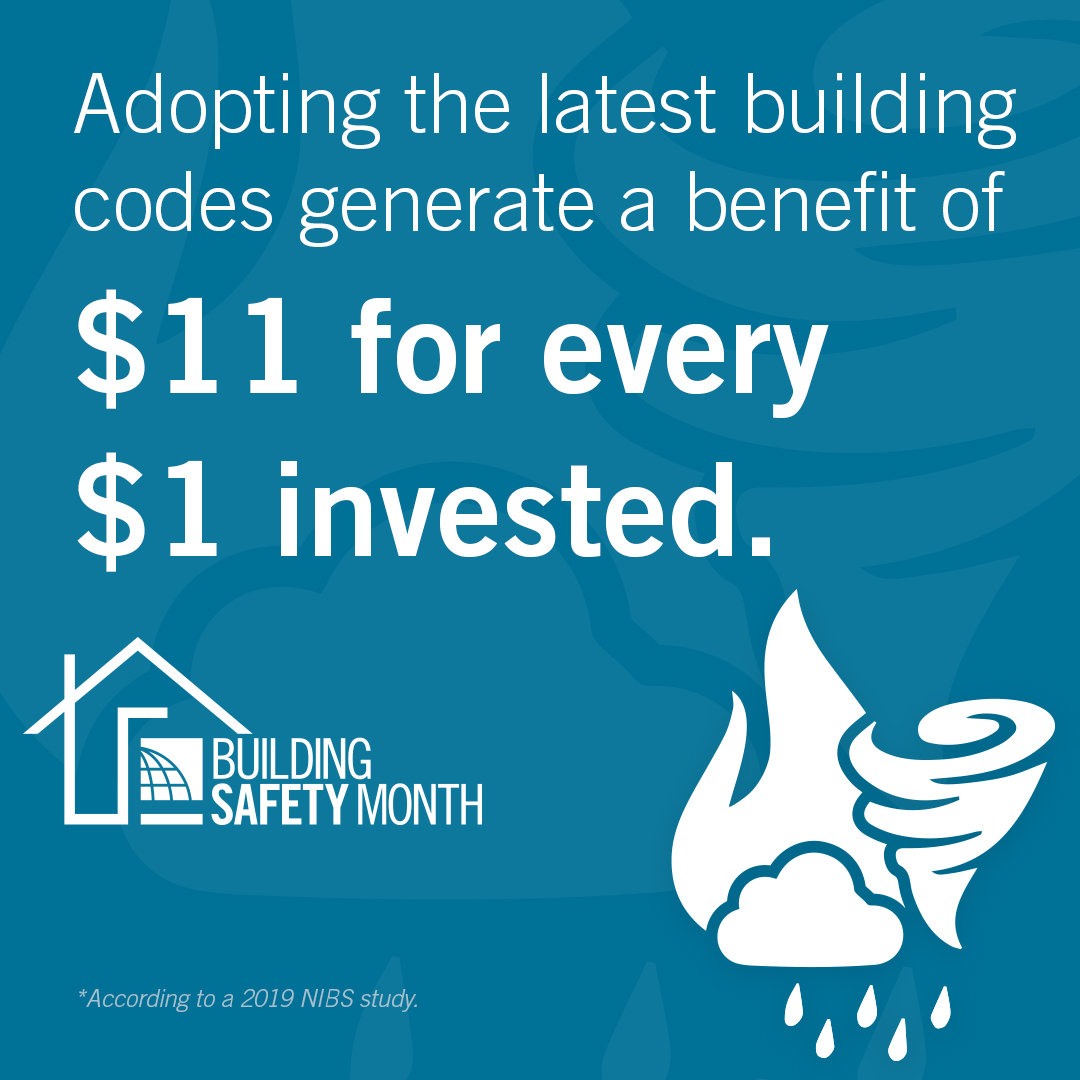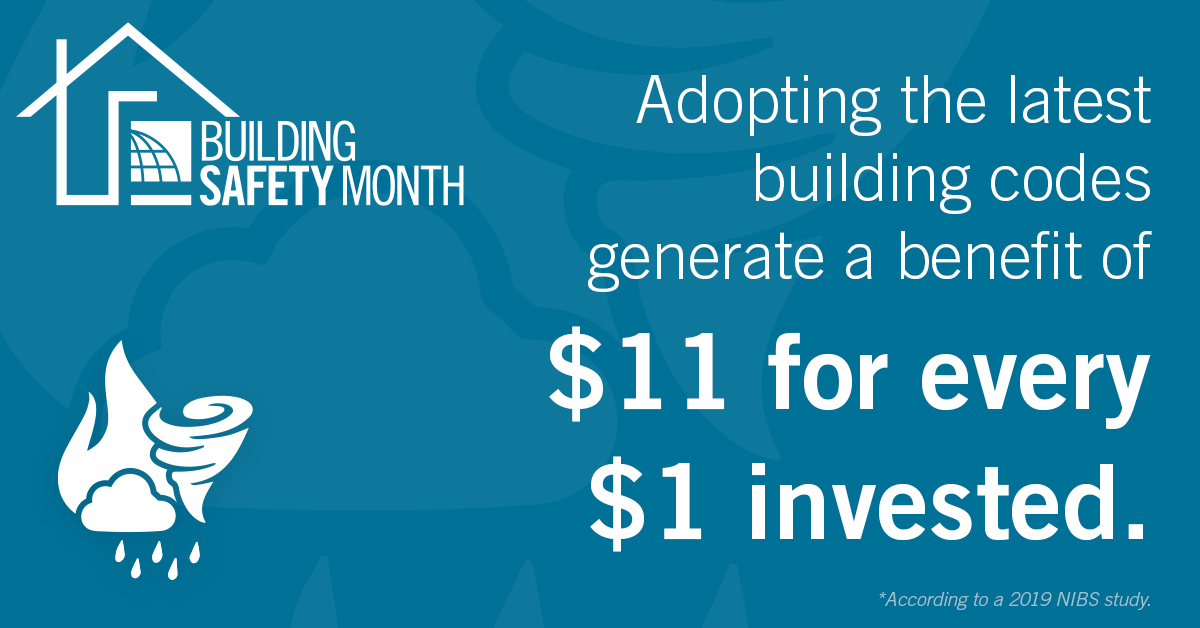
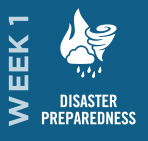
Disaster Preparedness
WEEK ONE // May 1–10, 2020

Disaster Preparedness
WEEK ONE // May 1–10, 2020
Natural disasters are increasing in severity and frequency. Advance planning for devastating events like hurricanes, floods, snowstorms, tornadoes, wildfires and earthquakes helps individuals and communities increase the health and safety of their population during a disaster, protects the local tax base, ensures continuity of essential services and supports a faster recovery in the aftermath of a disaster. Here’s how you can help your family and community:
- Build to the latest codes
- Prepare your family
- Protect your home
- Benchmark your community’s resilience
Build to the Latest Codes
One of the best ways for communities to prepare for disasters is to build to the most up-to-date, modern building codes. Disaster mitigation through the adoption and enforcement of building codes provides you, your family and your community protection in the event of a natural disaster. Only 31 percent of hazard-prone jurisdictions in the U.S. adopt the latest two editions of hazard-resistant building codes. Broken down by hazard, that statistic is 59 percent for hurricane-prone, 33 percent for flood-prone, 60 percent for earthquake-prone, 46 percent for exposure to damaging wind, and 49 percent for tornado-prone jurisdictions.
It is also very important that codes are properly applied. Proper application requires that local building departments be sufficiently staffed with plan reviewers, inspectors and other qualified professionals, and that building officials are trained and stay up to date with code advancements through continuing education (more on this in Week Four). Studies show good code enforcement decreases loss following disasters by up to 25 percent. When states and local jurisdictions apply the latest codes and they are diligently enforced, they are more likely to qualify for federal pre-disaster mitigation funding and for more post-disaster recovery assistance. Further, newly expanded FEMA grants in the U.S. will fund code adoption, administration and enforcement pre- and post-disaster – providing new resources for U.S. communities to update or build out enforcement efforts.
The National Institute of Building Sciences found that adopting the International Residential and Building Codes generates a national benefit of $11 for every $1 invested. The same report found that designing to exceed select provisions of the I-Codes and adopting the International Wildland-Urban Interface Code would save an additional $4 for every $1 spent.
The I-Codes, developed by the International Code Council, are a family of fifteen coordinated, modern building safety codes used in all 50 U.S. states and in many other countries that protect against disasters like fires, weather-related events and structural collapse.
The development and widespread adoption of building codes creates a uniform regulatory environment in which design professionals and contractors are held to a set of standards adopted by and applicable to the jurisdiction in which they work. The Rebuilding of London Act of 1666, after the Great Fire of London that same year, was the first building code of the modern era. Building regulation in the United States began in the late 1800s when major cities began to adopt and enforce building codes, also in response to large fires in densely populated urban areas. Over time, the scope of building codes broadened. Today, building codes address structural integrity, lighting, ventilation, safe egress, construction materials as well as fire resistance. They specify the minimum requirements to safeguard the health, safety and general welfare of building occupants.
To learn more about building codes, check out:
- Introduction to Building Codes
- Building Codes: How They Help You
- Benefits of Building Permits
- FEMA's Building Codes Toolkit
Documents summarizing the hazard-resistant provisions of the I-Codes are available at FEMA's Building Code Resources page. CodeMasters, which are easy-to-follow reference guides for designing in accordance with the latest I-Codes, are available on seismic, wind, snow and flood loads, and are available in the Code Council store.
[Back to the top]
Prepare Your Family
Making sure your family is prepared for any natural disaster is important. Below are some of the steps you can take to prepare your family and protect your home from natural disasters. Your actions can ensure that no matter what Mother Nature brings, you, your family and your community will be resilient.
Help is available from code officials post-disaster. Inter-local agreements, mutual aid agreements and state-to-state agreements through the Emergency Management Assistance Compact (EMAC) are providing help with building inspections when needed. FEMA P-2055 Post-disaster Building Safety Evaluation Guidance: Report on the Current State of Practice, including Recommendations Related to Structural and Nonstructural Safety and Habitability can also be of assistance. The Code Council and the National Council of Structural Engineers Associations (NCSEA) have joined forces to create the Disaster Response Alliance, a national, digital database of volunteers to assist local, state or federal entities who need skilled, trained and certified building safety professionals in the aftermath of a disaster.
Below are some resources the Code Council has to help you prepare your family and protect your home from natural disasters.
Here are a few tips to follow when preparing your family for any emergency.
- Determine your risk. Identifying and understanding possible hazards and emergencies is the first step in preparing for natural disasters.
- Consider incorporating a safe room in building plans and improvements. A safe room is a hardened structure specifically designed to meet FEMA criteria and provide near-absolute protection in extreme weather events, including tornadoes and hurricanes.
- Develop a family disaster plan that includes a list of food and water supplies needed for each member of your family and supplies for your pets. Make copies of important documents like insurance policies, the deed to your home, and other personal papers, important phone numbers and a home inventory. Create a checklist of important things to do before, during and after a disaster.
- Review your evacuation route and emergency shelter locations with your family. Options for evacuation would include staying with friends and relatives, seeking commercial lodging or staying in a mass care facility operated by disaster relief groups in conjunction with local authorities.
- Taking shelter is critical in times of disaster. Sheltering in place is appropriate when conditions require that you seek protection in your home, place of employment or other location where you are when disaster strikes.
- Review your plan regularly. If you make changes that affect the information in your disaster plan, update it immediately.
- Visit FEMA’s Prepareathon! to learn more about how to prepare for earthquakes, floods, hurricanes, tornadoes, wildfires and winter storms. Get Involved to help prepare your family and community.
Modern building codes ensure that your home is built using the latest practices and standards. The Federal Alliance for Safe Homes (FLASH) has created a series of videos that demonstrate the critical need for residential building codes. Find out more about the building codes in place in your area by visiting InspectToProtect.org.
PSAs from the Federal Alliance for Safe Homes (FLASH)
Protect Your Home
The power of natural disasters can be overwhelming. While you can't necessarily stop them from happening, there are steps you can take to increase your home's chance of survival, even in the face of the worst that Mother Nature can dish out. Protecting your home can range from taking simple measures like protecting windows or elevating appliances, to more complete building retrofit measures. See Additional Information and Resources below for links to hazard-specific guidance on protecting your home.
Several lines of insurance are available to cover financial damage from various hazards. To learn more about protecting your home financially through insurance, see FLASH’s Homeowner’s Insurance Guide to Natural Disasters.
Flood insurance can be the difference between recovering and being financially devastated. Just one inch of water in a home can cost more than $25,000 in damages. The average flood insurance claims payment to homeowners was about $90,000 from the Baton Rouge floods in 2016 and $65,000 for Superstorm Sandy that struck the Northeast in 2012.
FEMA's Individual Assistance Program, during times of federally-declared disasters, can provide financial assistance for home repairs, rental assistance, and other needs in the U.S., but the average payouts are much smaller, on the order of $6,000 to $8,000 per household — why risk it? For more information on flood insurance, visit floodsmart.gov.
The Electrical Safety Foundation International (ESFI) has created a number of infographics and videos to help consumers and businesses prepare, weather and recover from natural disasters
 The ICC Pulse Podcast: Episode Three featured two guests from FEMA's Federal Insurance and Mitigation Administration to discuss pre-disaster mitigation.
The ICC Pulse Podcast: Episode Three featured two guests from FEMA's Federal Insurance and Mitigation Administration to discuss pre-disaster mitigation. In a special episode of the ICC Pulse Podcast last July, two structural engineers discussed the Searles Valley (Calif) Earthquakes and shared insight on seismic design provisions in the building code.
In a special episode of the ICC Pulse Podcast last July, two structural engineers discussed the Searles Valley (Calif) Earthquakes and shared insight on seismic design provisions in the building code.Benchmark Your Community’s Resilience
There are important measures that can be taken at a community level to reduce the impacts of disasters. Benchmarks allow a community to identify how resilient they currently are and the steps they can take to improve. Learn more about resilience and the I‑Codes in Week Four: Resilience. Sustainability. Innovation.
[Back to the top]

